Common Corrosion Resistant Metals And Alloys
Understanding Corrosion Resistance
Corrosion occurs when metals come into contact with moisture, oxygen or chemicals, thereby inducing deterioration. Corrosion resistance is defined as the ability of a material to resist damage resulting from chemical or electrochemical reactions with its surroundings. This property is critical for the longevity and performance of a material, particularly in sectors such as construction, maritime operations, aerospace and chemical processing.
Factors That Influence Corrosion Resistance
Several factors affect the corrosion resistance of a material:
- Chemical Composition: Alloy elements such as Chromium, Nickel and Molybdenum enhance corrosion resistance.
- Surface Treatments: Coatings, anodising and galvanising provide physical barriers against corrosive agents.
- Environmental Conditions: Exposure to moisture, salt and chemicals accelerates corrosion.
- Temperature and pH Values: Elevated temperatures and extreme pH levels can increase the corrosion rate.
- Stress and Strain: Mechanical loads may induce cracks, thereby increasing susceptibility to corrosion.
Corrosion-Resistant Materials
Materials with high corrosion resistance are frequently employed to counter degradation. Such materials include metals, alloys and polymers that are specifically engineered for prolonged exposure to hostile environments.
Common Corrosion-Resistant Metals and Alloys
- Stainless Steel: Contains Chromium that forms a passive oxide layer, which safeguards against rust and corrosion.
- Aluminium: Develops a natural oxide layer that protects against corrosion.
- Copper and Brass: Exhibit effective resistance to water and atmospheric influences.
- Titanium: Demonstrates high resistance to seawater and chlorine, making it suitable for maritime and chemical applications.
- Nickel Alloys: Known for their capacity to withstand high temperatures and acidic conditions.
- Tantalum: Shows excellent resistance to most acids.
- Zirconium: Maintains integrity even in chemically aggressive environments, notably within nuclear and chemical industries.
|
Material |
Properties |
Applications |
|
Stainless Steel |
The chromium oxide layer prevents rust. |
Architecture, medical instruments, chemical handling. |
|
Aluminium |
A natural oxide layer provides corrosion protection. |
Aerospace, automotive manufacturing, construction. |
|
Copper and Brass |
Resistant to water and environmental exposure. |
Plumbing, electrical applications, maritime equipment. |
|
Titanium |
Resistant to seawater and aggressive chemicals. |
Marine engineering, aerospace, chemical processing. |
|
Nickel Alloys |
Tolerate high temperatures and acidic environments. |
Power plants, heat exchangers, chemical facilities. |
|
Tantalum |
Resistant to most acids. |
Medical implants, electronics, chemical tools. |
|
Zirconium |
Maintains stability in chemical and high temperature conditions. |
Nuclear reactors, heat exchangers, chemical processing. |
Methods to Protect Metals from Corrosion
Various techniques can be applied to improve corrosion resistance and extend the lifespan of a material:
- Coatings: Paints, powder coatings and epoxy coatings create a physical barrier against moisture and chemicals.
- Plating and Galvanising: Electroplating with metals such as zinc or chromium provides additional protection.
- Anodising: Enhances the oxide layer, especially on aluminium, thereby increasing durability.
- Cathodic Protection: Involves the use of sacrificial anodes to redirect corrosion away from primary structures.
- Corrosion Inhibitors: Chemical treatments reduce the reaction rate.
- Material Selection: Choosing materials with inherent corrosion resistance for specific environments reduces the need for additional protection.
Frequently Asked Questions
What gives stainless steel its corrosion-resistant behaviour?
Stainless steel contains Chromium that forms a protective oxide layer, thereby preventing further oxidation.
Can aluminium corrode?
Although aluminium is corrosion resistant, it may corrode under extreme conditions, for example after prolonged exposure to salt water.
Which metals have the highest corrosion resistance?
Titanium, Tantalum and Zirconium are among the metals with the highest corrosion resistance due to their stable oxide layers.
How does galvanising protect against corrosion?
Galvanising applies a zinc coating, which acts as a sacrificial layer and corrodes before the substrate does.
Are coatings always necessary for corrosion protection?
They are not always required. Many materials, such as stainless steel and titanium, are naturally corrosion resistant; however, coatings provide extra protection in particularly harsh environments.

 Bars
Bars
 Beads & Spheres
Beads & Spheres
 Bolts & Nuts
Bolts & Nuts
 Crucibles
Crucibles
 Discs
Discs
 Fibers & Fabrics
Fibers & Fabrics
 Films
Films
 Flake
Flake
 Foams
Foams
 Foil
Foil
 Granules
Granules
 Honeycombs
Honeycombs
 Ink
Ink
 Laminate
Laminate
 Lumps
Lumps
 Meshes
Meshes
 Metallised Film
Metallised Film
 Plate
Plate
 Powders
Powders
 Rod
Rod
 Sheets
Sheets
 Single Crystals
Single Crystals
 Sputtering Target
Sputtering Target
 Tubes
Tubes
 Washer
Washer
 Wires
Wires
 Converters & Calculators
Converters & Calculators
 Write for Us
Write for Us
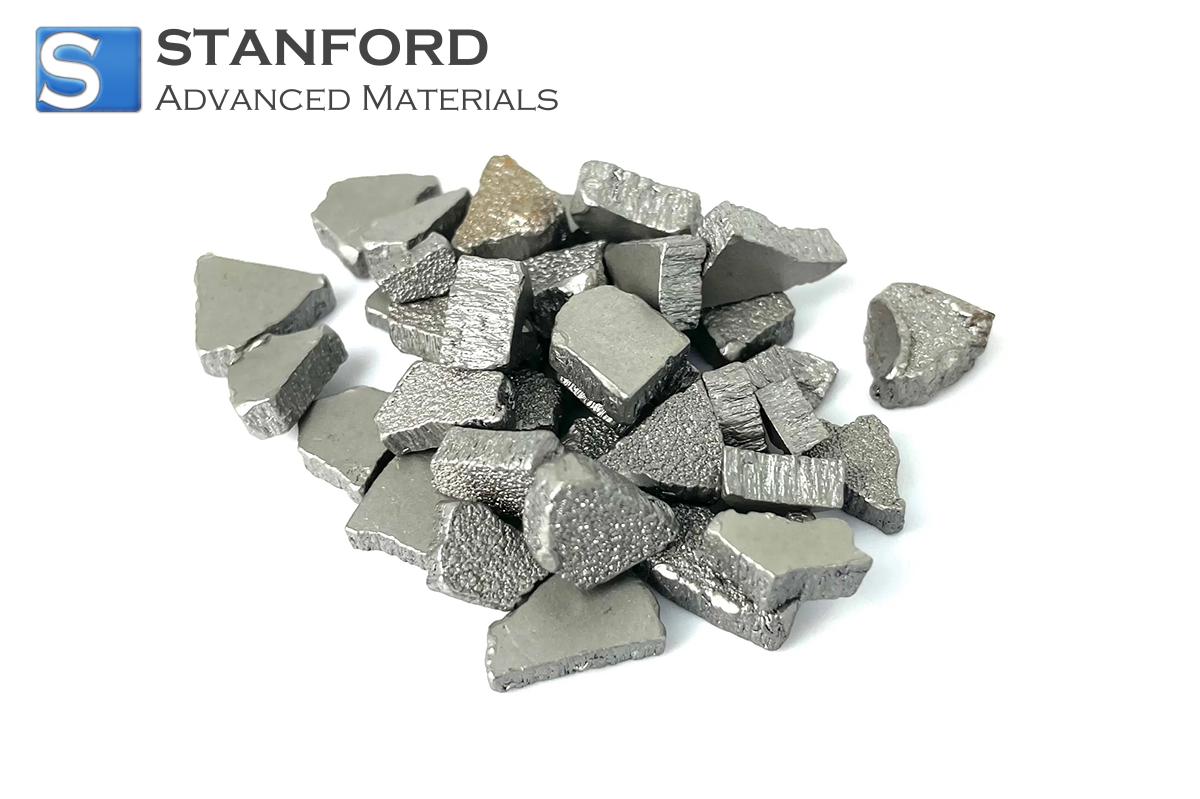
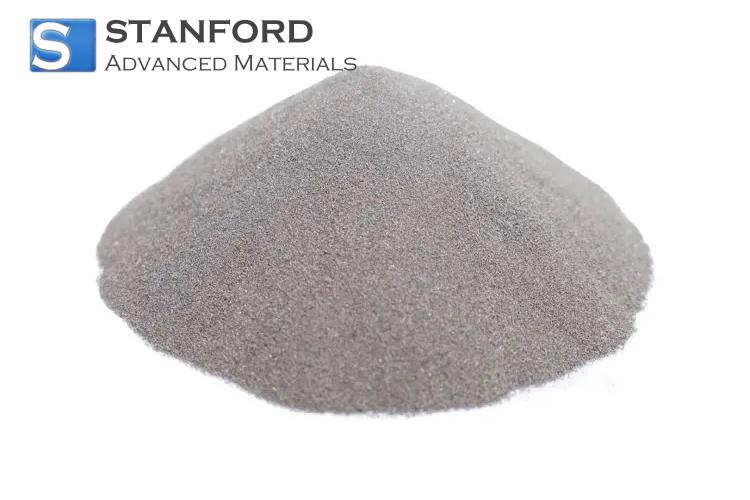
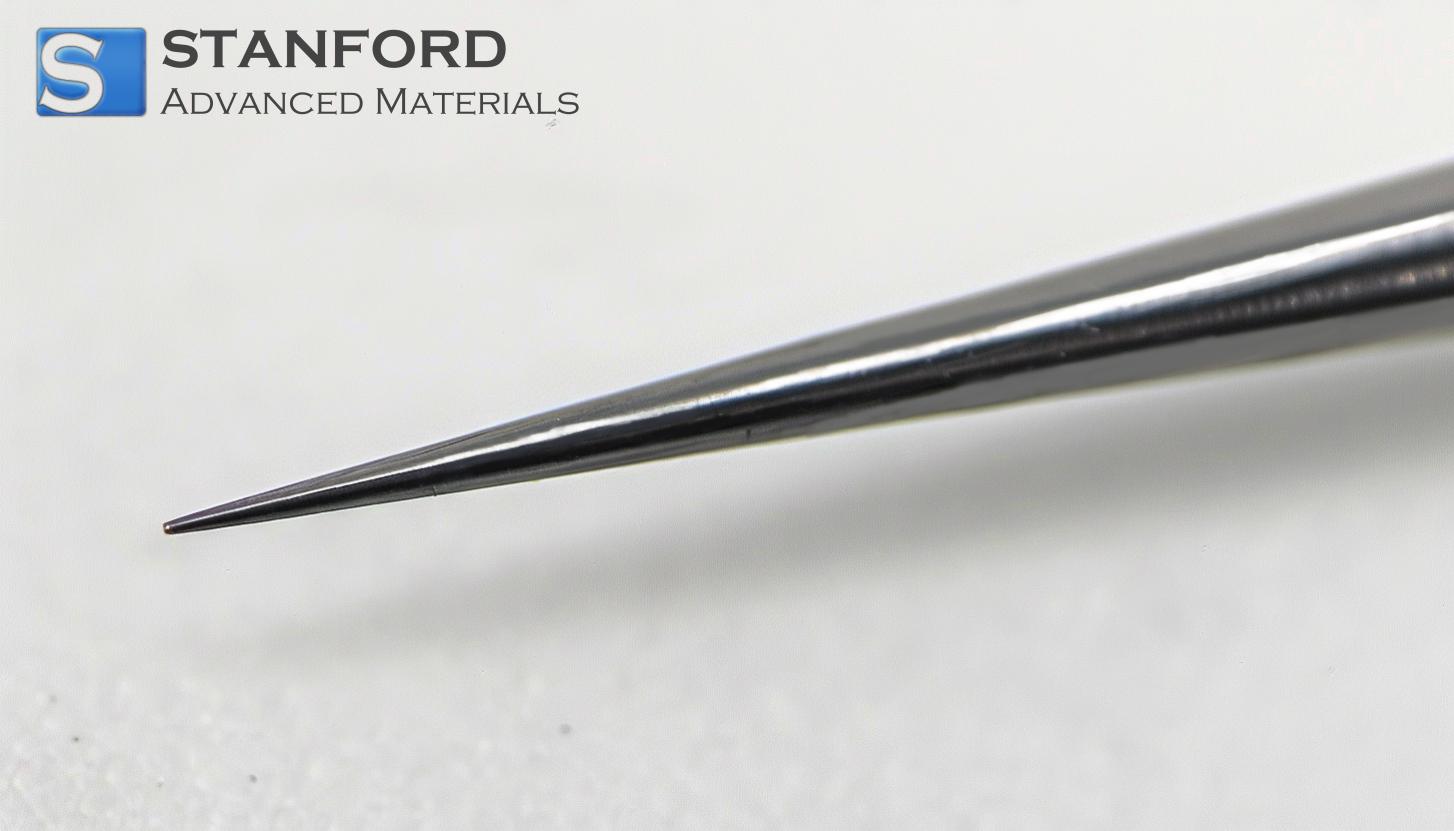
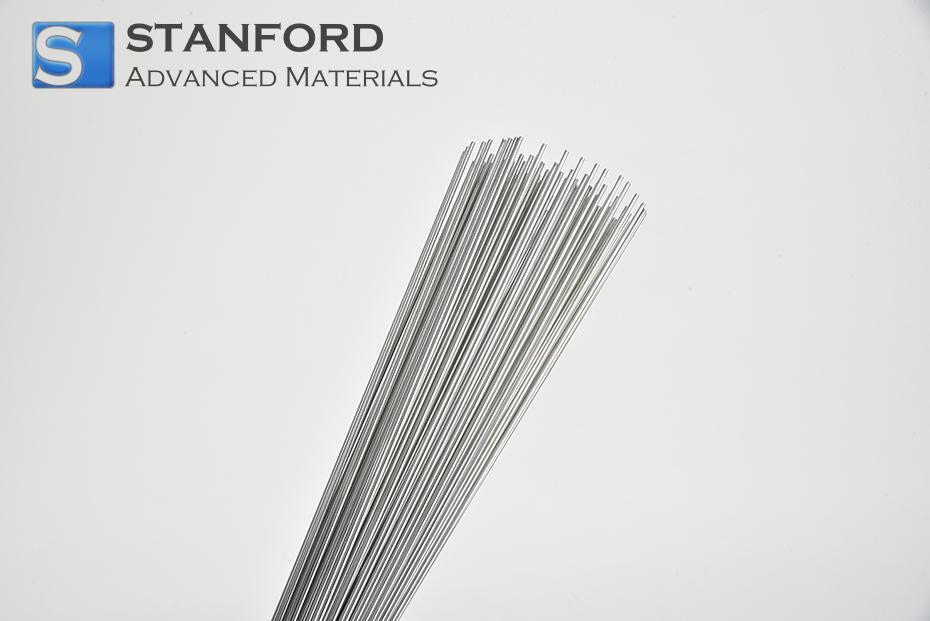
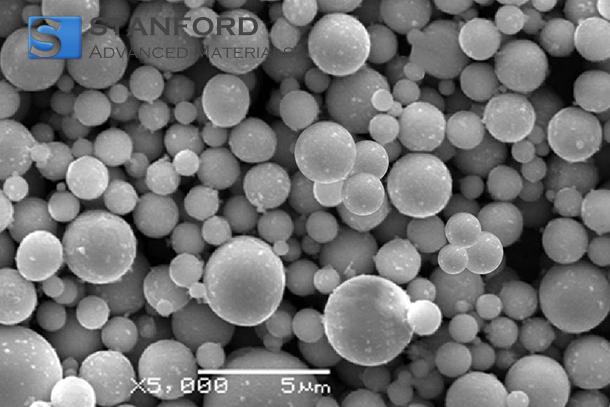
 Chin Trento
Chin Trento



